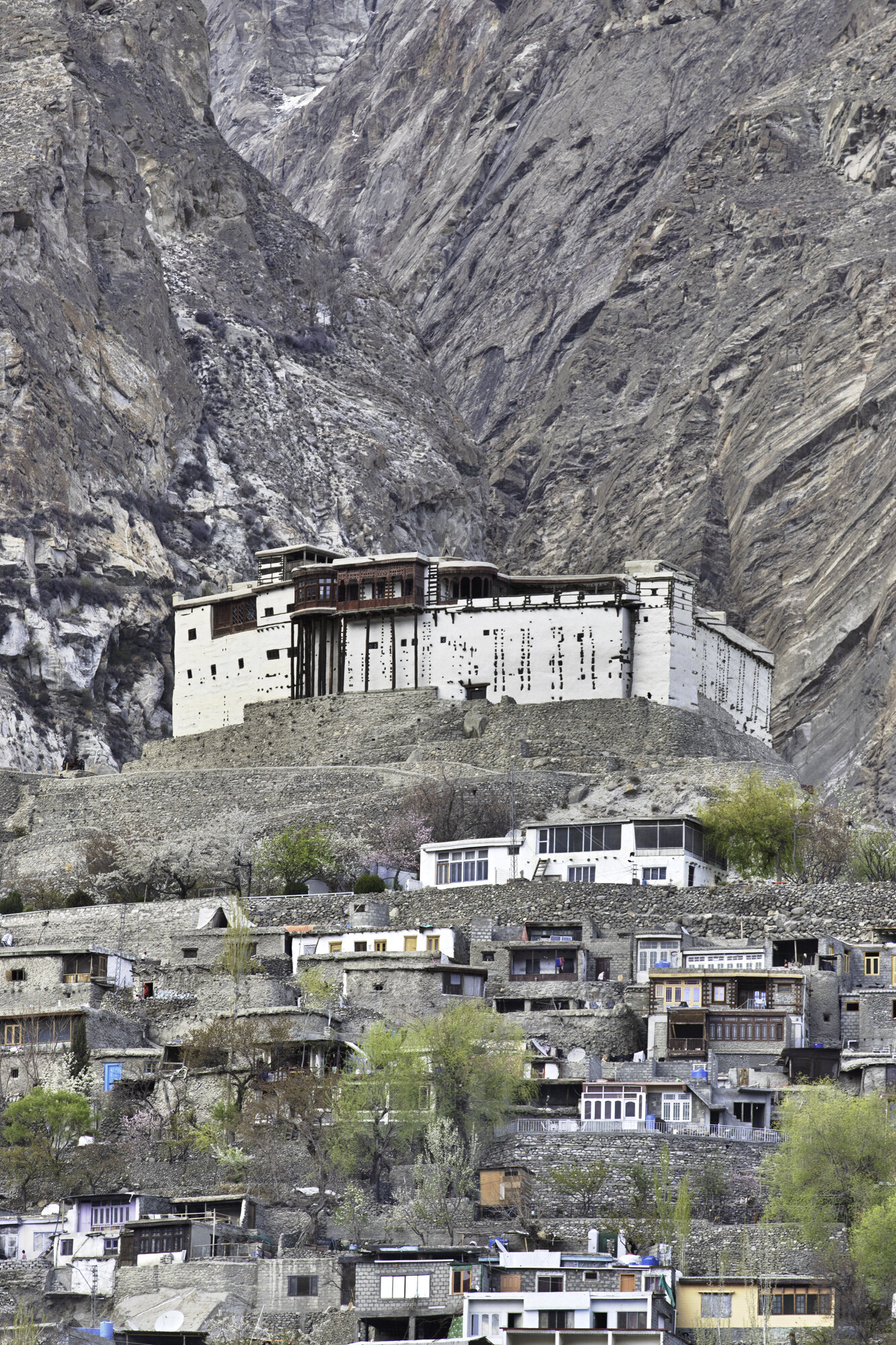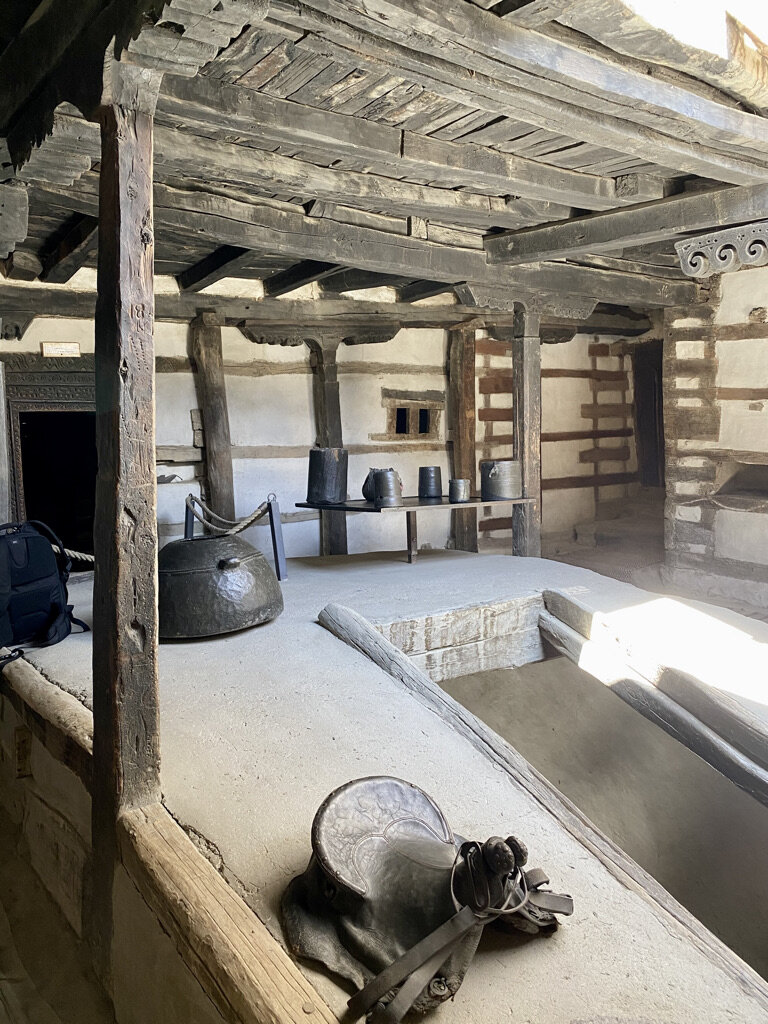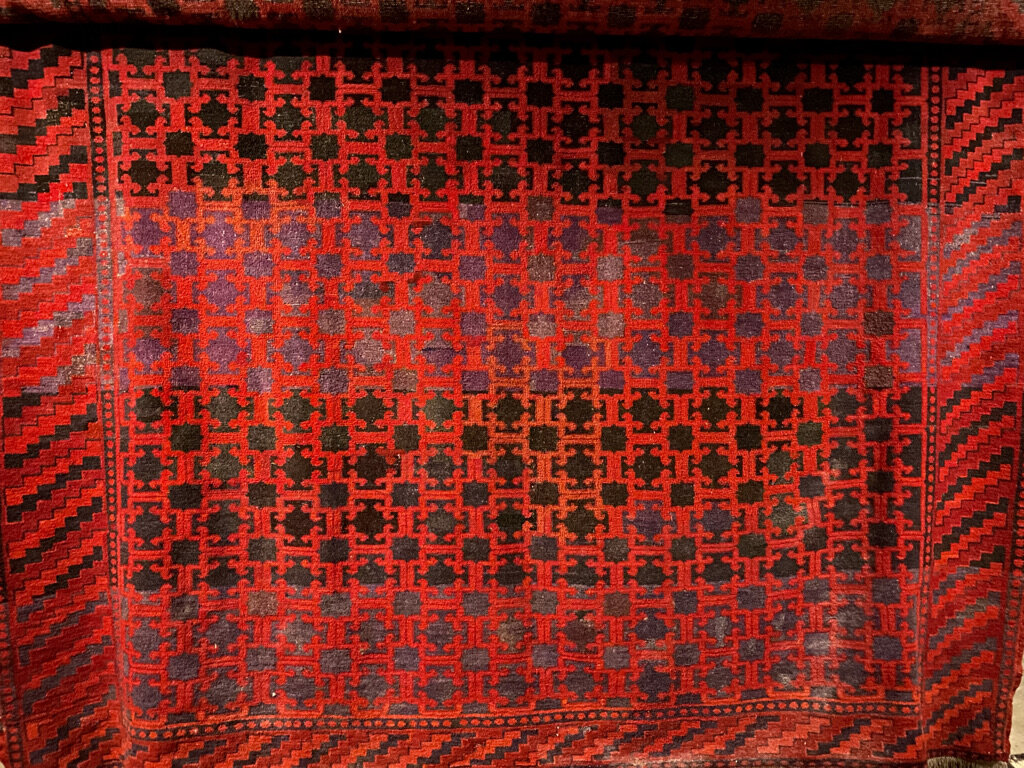Postcards from Pakistan
Postcard from Baltit Fort
When you first arrive in Hunza you can see Baltit Fort sitting high above the valley with a wondrous backdrop of snow-covered mountains. It is close to Altit Fort (the subject of my previous blog) but where Altit sits next to the Hunza River, Baltit Fort seems to float in front of the mountains and the Ultar Glacier.
Be ready for a steep climb through the town of Karimabad to reach the entrance to Baltit Fort and then be ready to climb more steps to get to the front door and yet more steps inside. The effort is worth it. Baltit Fort is an impressive building with even more impressive views of the whole Hunza Valley.
The site was obviously chosen for its strategic importance for security, water and trade. The Fort was built 700 years ago on a flattened rock spur and floors and rooms have been added over time. Notable changes came about in the 16th century when the local Mir (king) married a Baltistan princess. As part of her dowry renovations were made by Balti craftsmen and you can see Tibetan influences in the shape of the ceilings and on door supports.
In my last blog on Altit Fort I wrote about two princes, Prince Shah Abbas and Prince Ali Khan and their disagreement that led to the death of the younger prince. Prince Shah Abbas made Baltit Fort the new seat of power for the region. It remained the palace until 1945 when the Mir built a new palace close by.
Left empty and in need of serious repairs there was concern that the Fort would become a ruin. Six years of renovations were completed in 1996 by the Aga Khan Trust for Culture. The renovations have been done exceptionally well and have kept the original feel of the Fort. From the soot stained and charred ceilings in the kitchens to the colourful mosaic windows open to the cool wind from the surrounding mountains you can start to imagine what life must have been like here.
Baltit Fort at the foot of the Ultar Glacier
Baltit Fort sits on a flattened spur of rock
Walking past traditional houses in Karimabad
History around and above every corner
Water was and still is a valuable resource. Water channels were built across Karimabad
Side view of Baltit Fort with clear lines of wood and stone
Just a few more steps to get inside the Fort
Local with traditional woollen Gilgiti cap with shaati feather
Maintenance of Fort and surrounding buildings is hard work as all stone has to be carried by foot
Cannon from 1863
View of Hunza Valley from top terrace
Tibetan inspired ceiling above the kitchen
Centuries of soot and smoke
What do you think this box was used for?
Ceiling detail
Traditional Hunza woven rugs
In the mid ground you can see Altit Fort































